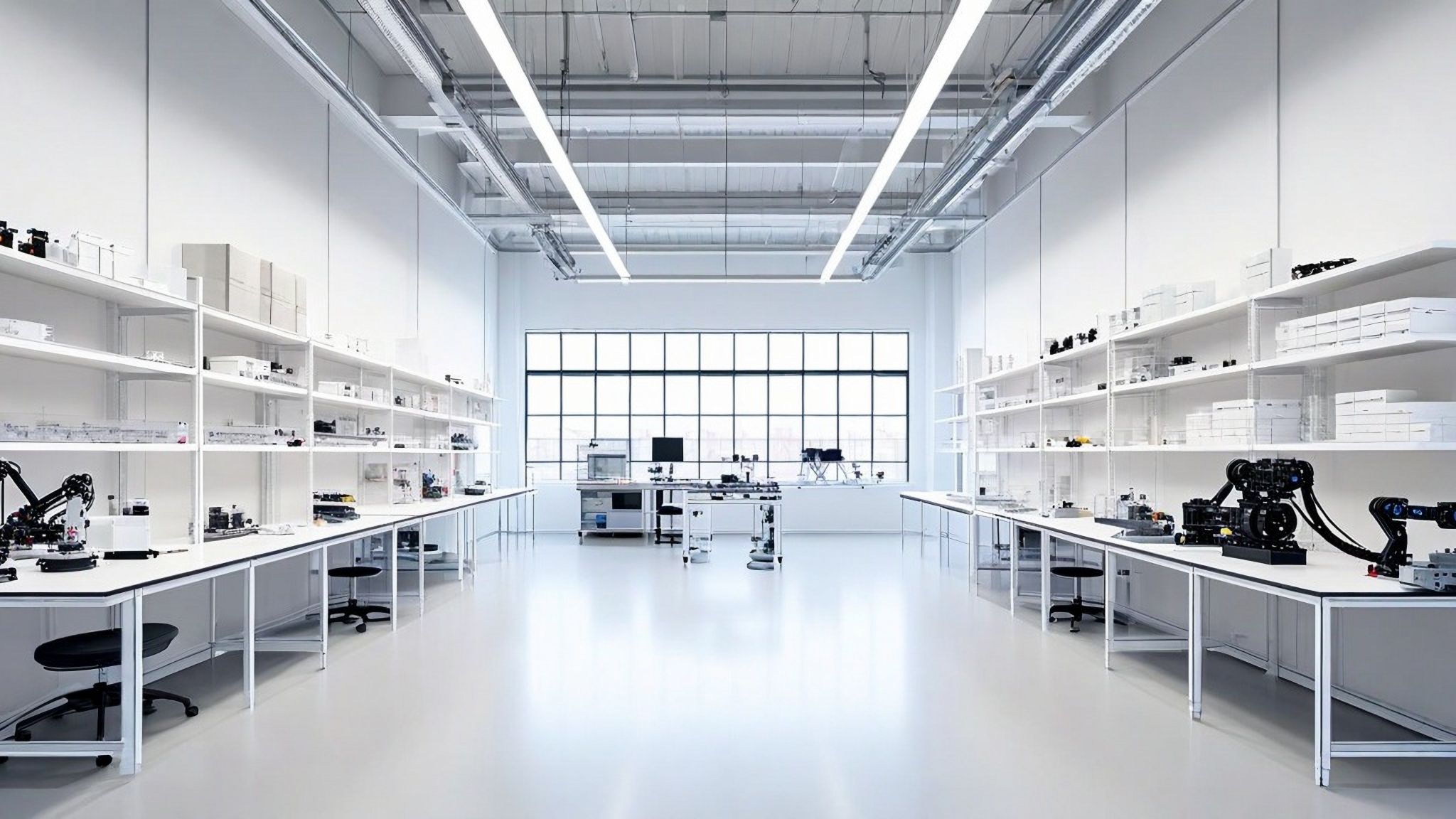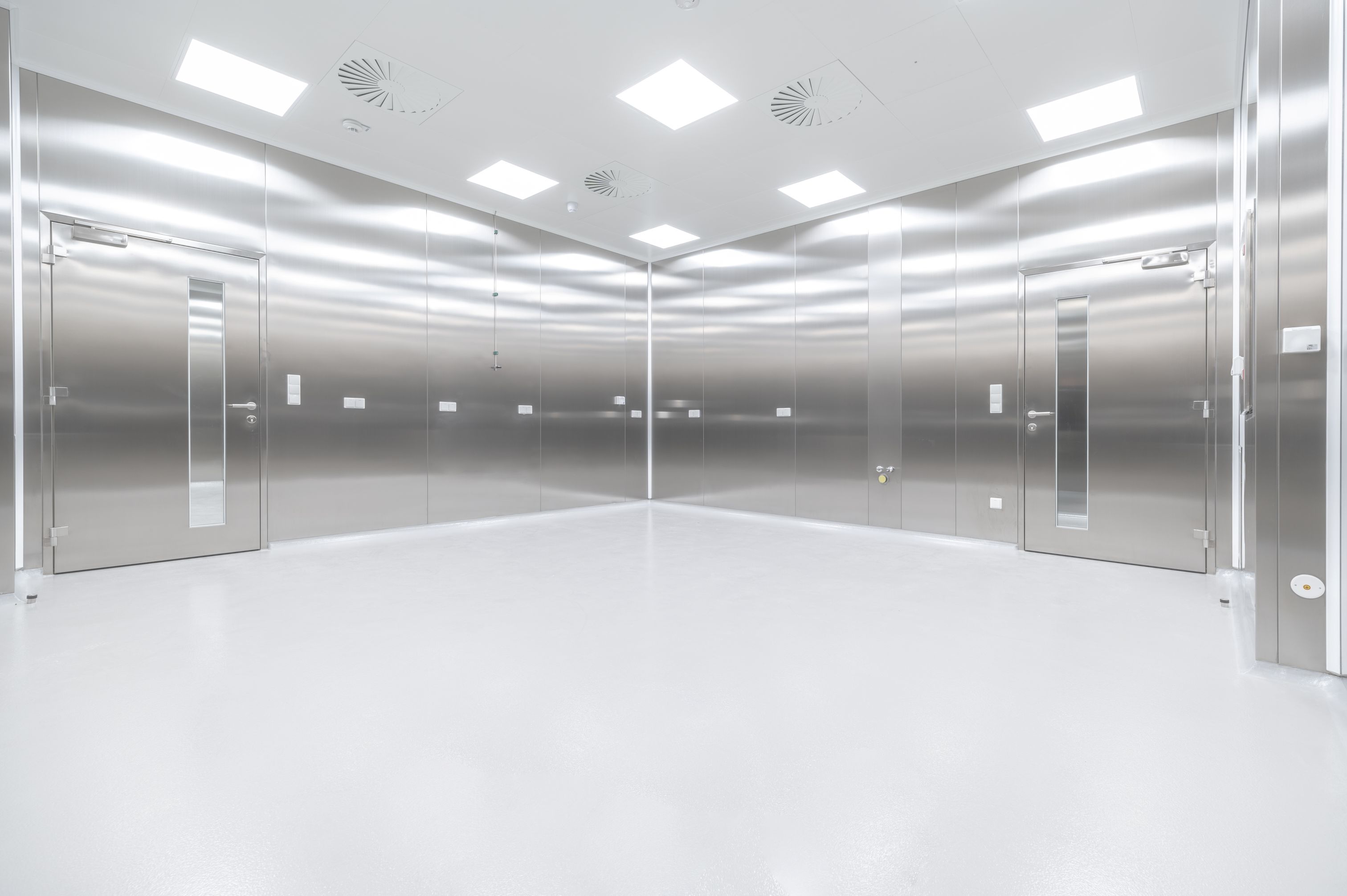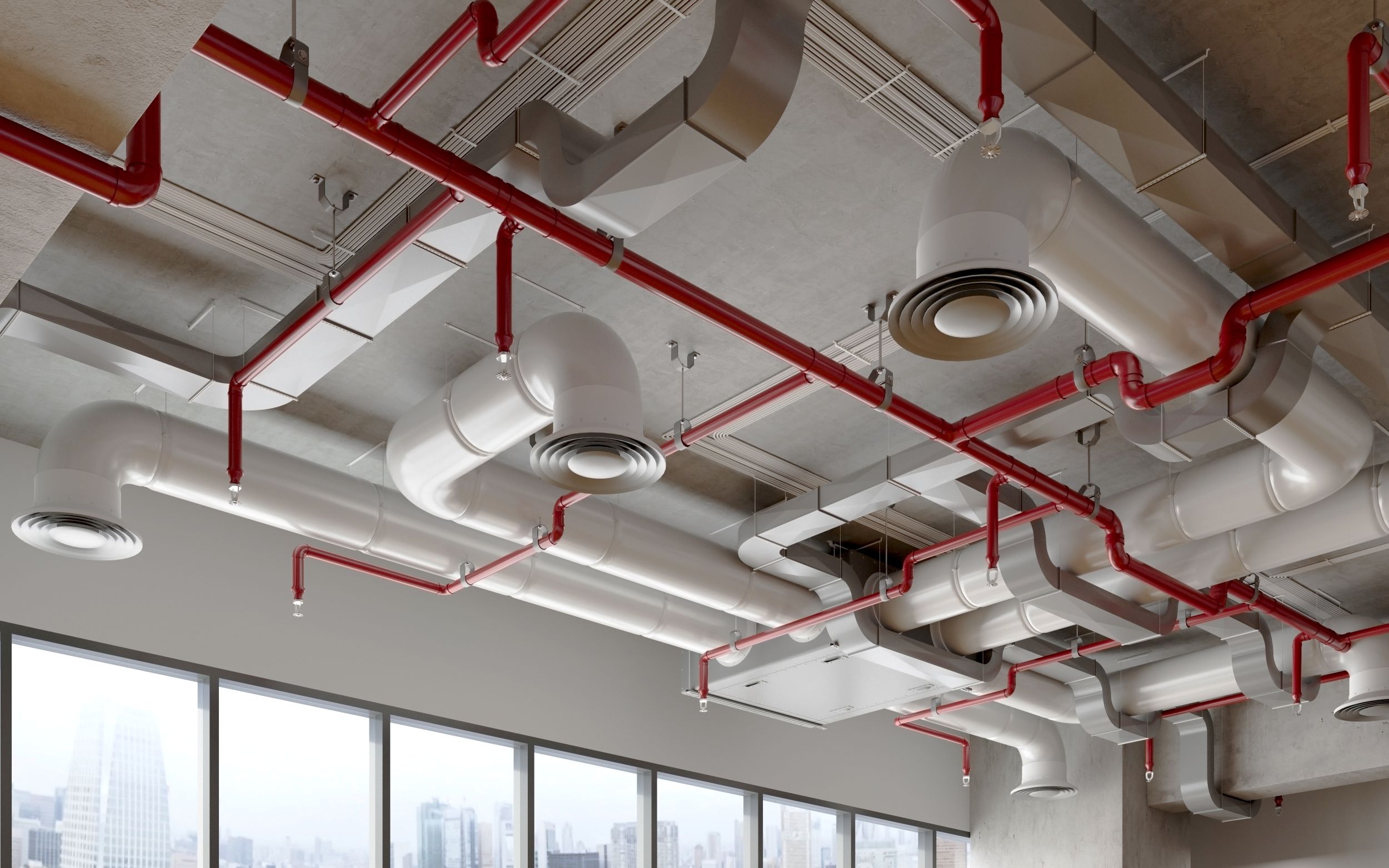Lab Flooring for Science and R&D Buildings: Why Rubber Flooring Fits Modern Laboratory Design
A look at why Rubber Flooring fits modern lab design

In the evolving world of Research and Development (R&D) environments, science buildings are no longer static boxes tailored to work flows. Design now emphasises flexibility, modularity and human-centred adaptability, aligning architecture with the pace of science transformation.
According to recent analysis by CBRE, emerging markets for life-science workplaces are driving demand for “flexible, adaptable and modular solutions to manage such growth … as well as to attract and retain talent”. These new flexible spaces need “modular and agile workplace solutions … cornerstones in the move to adapt to evolving team needs within a matter of days”. Modern labs need to be capable of scaling, re-configuring and supporting inclusive, interdisciplinary work.
We are being told more frequently that these new focuses are influencing the spatial, technical and material decisions made by architects, designers and their clients. For example: lab & office adjacencies need short walks, shared cores and services must be organised to facilitate rapid reconfiguring, infrastructure (air, power, data) must be right‐sized and designed early, and finishes must support long lifecycles without requiring disruptive refurbishments. In other words: the space must anticipate change, minimise downtime and maintain high performance for years.
When considering flooring choices within such buildings the material specified must align with these design drivers: adaptability, longevity, technical performance, cleanliness and aesthetic integrity. That’s where Artigo Rubber flooring products become a strong fit.
Artigo’s system is explicitly advocated for laboratory environments because its rubber surfaces are non-porous, bacteriostatic, maintainable and offer chemical-resistance. These features map directly to the demands of lab zones where hygiene, containment and durability are critical. Moreover, Artigo emphasises longevity: as a manufacturer of the highest quality flooring it has real life case studies that show installations lasting decades without major degradation. In a facility that demands minimal disruptive refurbishment, that kind of lifespan is an asset.
In addition, the modularity and performance of rubber tile/sheet systems support the dynamic requirements of modern labs. Rubber’s resilience under loads, carts, equipment relocation and vibration tolerance supports research activities that require instrumentation to move around a floor. The aesthetic continuity it provides means that adjacent support zones (write-up areas, collaboration, circulation) can share the same flooring family as lab areas, reinforcing cohesion while supporting functional diversity.
So with the focus on science buildings being designed to meet change, people and equipment movement, high throughput and interdisciplinary interaction flooring cannot be a throw-away element—it needs to match design ambition.
We feel that each and every project is unique; our blogs are for information purposes only so please speak to us directly for scheme specific guidance.



